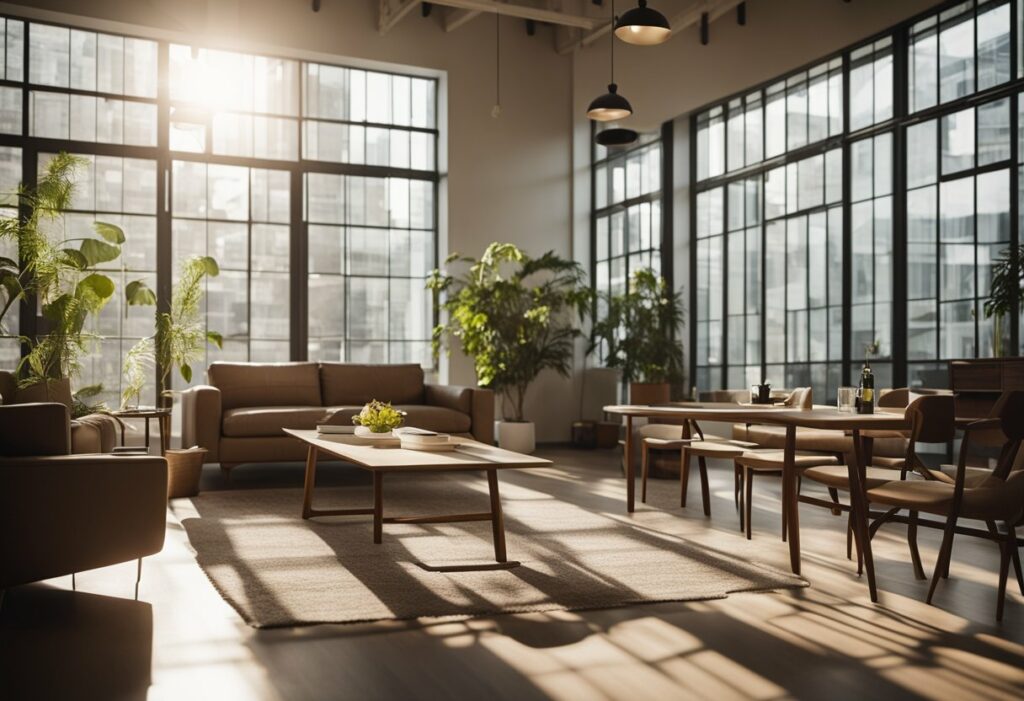Principles of Lighting in Interior Design: Illuminate Your Space with Style!
If you’re looking to improve the look and feel of your living spaces, then you should definitely consider the principles of lighting in interior design. Lighting is an essential part of any interior design project, and by implementing the right lighting strategies, you can transform the ambiance of your living spaces. Whether you’re looking to create a cozy atmosphere, highlight certain features of your home, or simply improve the functionality of your living spaces, lighting design can help you achieve your goals.
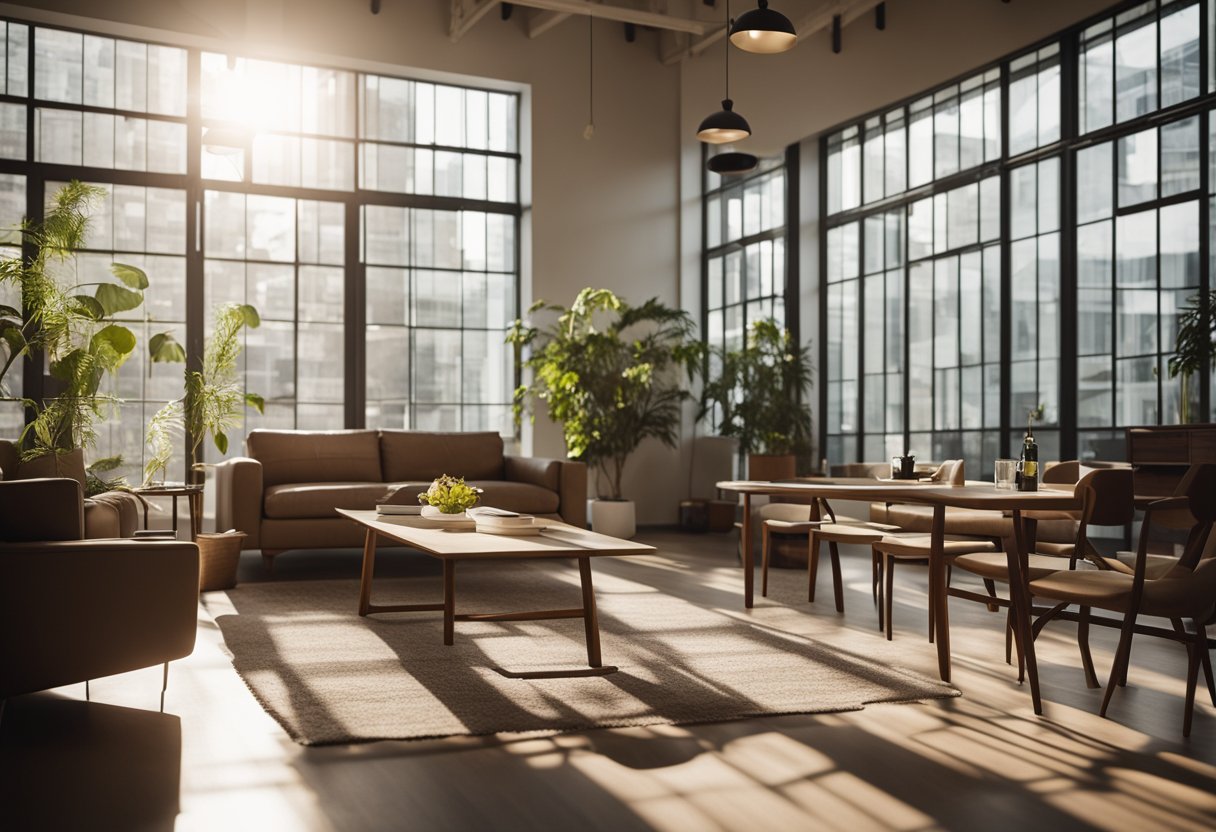
Fundamentals of Lighting in Interior Design
Lighting design is a complex field that involves a range of different factors, including the type and placement of lighting fixtures, the use of natural light, and the color temperature of different light sources. By understanding the fundamentals of lighting design, you can create a well-lit space that is both functional and aesthetically pleasing. Some of the key principles of lighting design include layering lighting, creating focal points, and using lighting to highlight specific features of your living spaces.
Strategic Implementation for Enhanced Living Spaces
By strategically implementing the principles of lighting design, you can create a living space that is both beautiful and functional. Whether you’re looking to create a cozy atmosphere in your bedroom, highlight your favorite artwork, or simply improve the functionality of your kitchen, lighting design can help you achieve your goals. By working with a professional lighting designer, you can ensure that your lighting design is tailored to your specific needs and preferences.
Key Takeaways
- Lighting is an essential part of any interior design project.
- Understanding the fundamentals of lighting design can help you create a well-lit space that is both functional and aesthetically pleasing.
- By strategically implementing the principles of lighting design, you can create a living space that is both beautiful and functional.
Fundamentals of Lighting in Interior Design
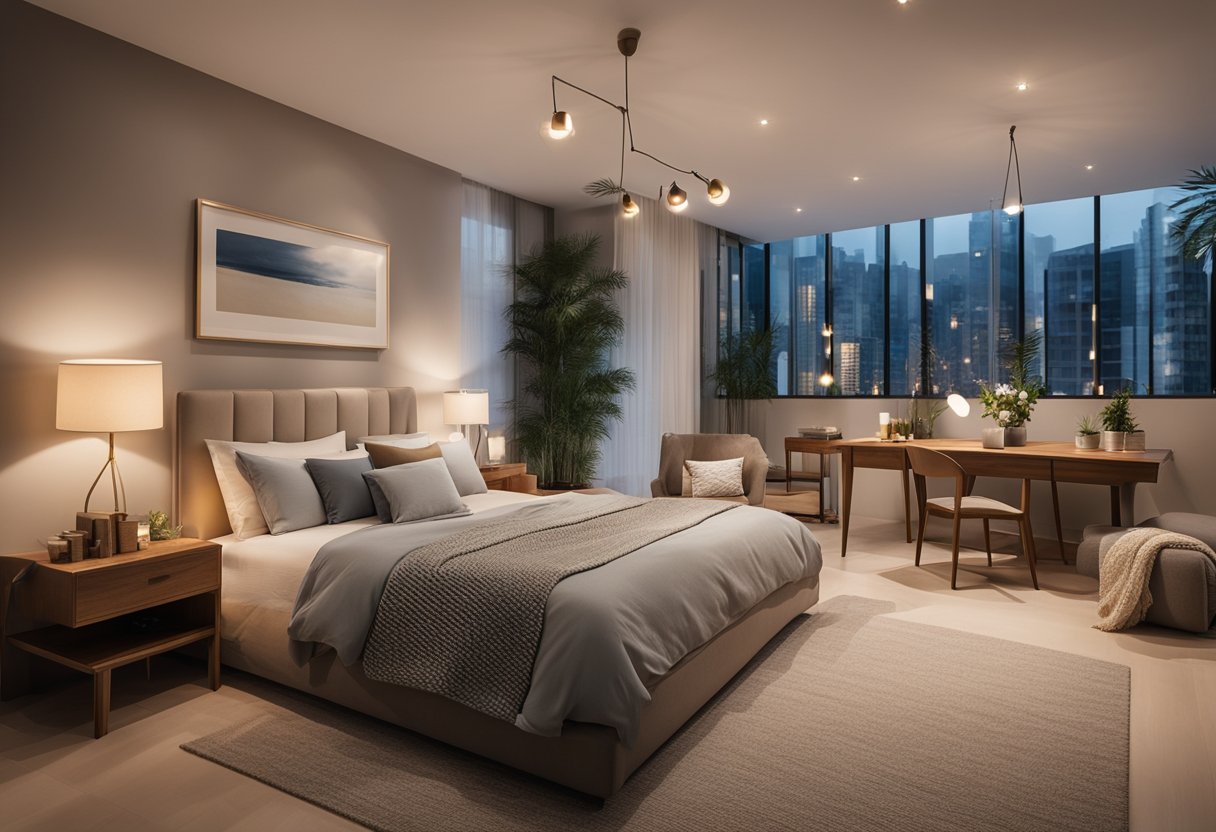
Lighting is a crucial element in interior design that can make or break the ambiance of a space. Whether you are designing a residential or commercial space, understanding the fundamentals of lighting is crucial to creating a functional and aesthetically pleasing environment. In this section, we will explore the key principles of lighting in interior design.
Understanding Different Types of Lighting
There are three main types of lighting in interior design: ambient lighting, task lighting, and accent lighting. Ambient lighting is the primary source of light in a room, providing overall illumination. Task lighting is used to illuminate specific areas for activities such as reading or cooking. Accent lighting is used to highlight specific features or objects in a space, such as artwork or architectural details.
Each type of lighting serves a different purpose, and a well-designed lighting scheme will incorporate all three types to create a balanced and functional space.
The Role of Color Temperature and Illumination
Colour temperature and illumination are two key factors to consider when designing a lighting scheme. Colour temperature refers to the warmth or coolness of a light source, measured in Kelvin (K). Warm light, with a colour temperature of around 2700K, creates a cosy and inviting atmosphere, while cool light, with a colour temperature of around 5000K, creates a bright and energising environment.
Illumination refers to the brightness of a light source, measured in lumens. The amount of illumination required will depend on the function of the space. For example, a workspace will require higher levels of illumination than a bedroom.
Balancing Aesthetics and Functionality
When designing a lighting scheme, it is important to balance aesthetics and functionality. Aesthetically pleasing lighting can enhance the mood and ambiance of a space, while functional lighting ensures that the space is safe and practical to use.
Natural light is an important consideration in interior design, as it can enhance the overall ambiance of a space. Artificial lighting can be used to supplement natural light and provide additional illumination when needed.
In conclusion, understanding the fundamentals of lighting in interior design is crucial to creating a functional and aesthetically pleasing environment. By incorporating different types of lighting, considering colour temperature and illumination, and balancing aesthetics and functionality, you can create a space that is both beautiful and practical.
Strategic Implementation for Enhanced Living Spaces
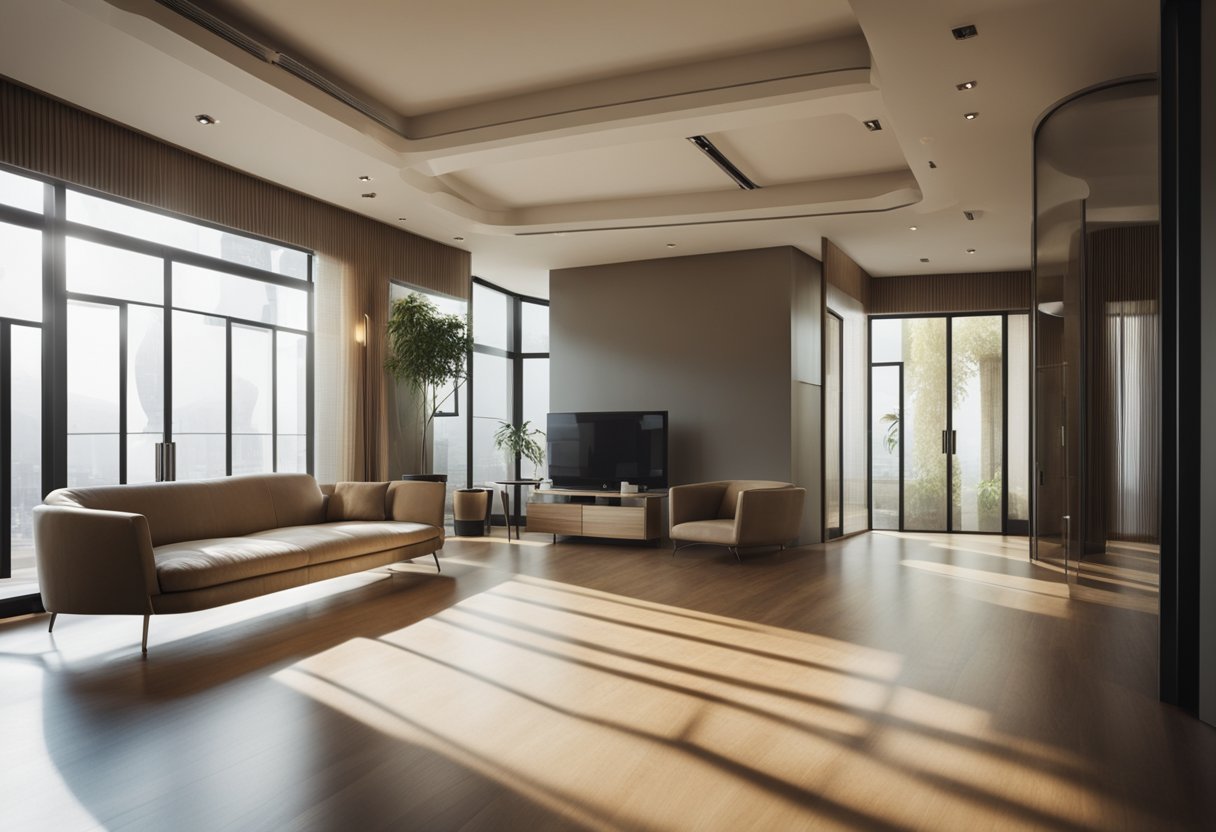
Lighting is an essential element of interior design that can significantly impact the mood, functionality, and aesthetic appeal of a living space. By strategically implementing lighting solutions, you can transform your home into a comfortable and inviting living space that reflects your style and personality.
Layering Light for Depth and Comfort
One of the most effective ways to enhance the ambiance of a room is to layer light. This involves using a combination of different types of lighting, such as ambient, task, and accent lighting, to create depth and comfort in a space. By layering light, you can highlight specific features of a room, create a warm and inviting atmosphere, and ensure that the space is functional and comfortable.
Choosing Light Fixtures to Complement Interior Design
When choosing light fixtures for your home, it is essential to consider the overall design of the space. The light fixtures you choose should complement the style and colour scheme of the room while also providing the necessary lighting for the space. For example, a modern kitchen may benefit from sleek LED lighting, while a traditional dining room may require a more ornate chandelier.
Energy Efficiency and Smart Lighting Solutions
Energy-efficient lighting solutions are becoming increasingly popular as homeowners look for ways to reduce their energy bills and minimise their impact on the environment. Smart lighting systems, such as those that allow you to control your lights remotely or via voice commands, are also gaining popularity. By investing in energy-efficient and smart lighting solutions, you can save money on your energy bills while also enjoying the convenience and comfort of a well-lit living space.
In conclusion, by strategically implementing lighting solutions, you can transform your home into a comfortable and inviting living space that reflects your style and personality. By layering light, choosing light fixtures that complement your interior design, and investing in energy-efficient and smart lighting solutions, you can create a warm and inviting atmosphere that is both functional and comfortable.
Frequently Asked Questions
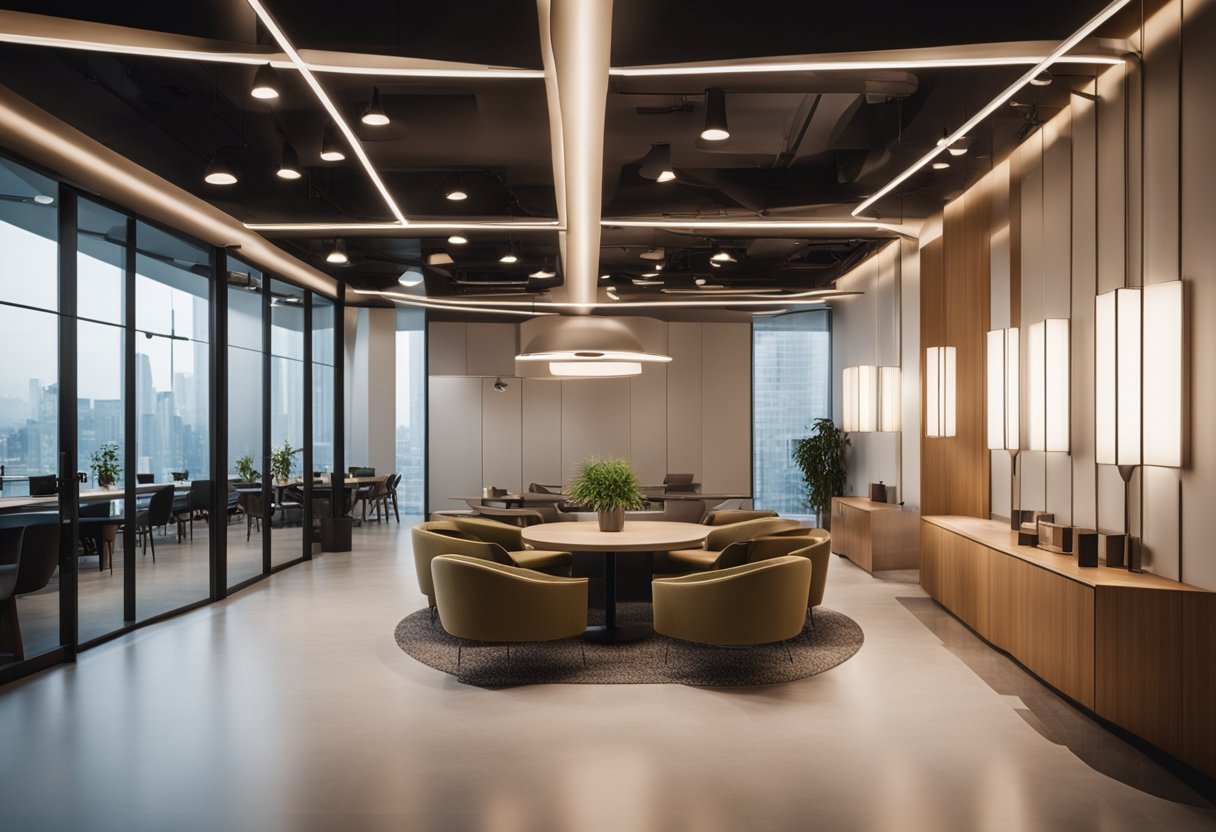
How does lighting enhance the mood and ambience of interior spaces?
Lighting is a crucial element in interior design that can enhance the mood and ambience of any space. By choosing the right type of lighting, you can create a warm, inviting atmosphere or a cool, modern vibe. Lighting can also create a focal point within a room, drawing the eye to a particular area or feature.
What are the key types of lighting to consider in interior design?
There are three key types of lighting to consider in interior design: ambient, task, and accent lighting. Ambient lighting provides overall illumination, while task lighting is focused on specific areas where tasks are performed, such as a desk or kitchen counter. Accent lighting is used to highlight architectural features or artwork within a space.
In what ways can lighting influence the perception of room size and colour?
Lighting can influence the perception of room size and colour in several ways. By using warm-toned lighting, you can make a space feel more cosy and intimate, while cool-toned lighting can make a room feel more spacious. Lighting can also alter the colour of a room, so it’s important to choose lighting that complements the colour scheme of your space.
What role does lighting play in creating a functional and aesthetic interior environment?
Lighting plays a crucial role in creating a functional and aesthetic interior environment. By providing adequate visibility for day-to-day functions, lighting can make a space more functional. At the same time, lighting can also enhance the aesthetic appeal of a space by highlighting architectural features, artwork, and decorative elements.
How can lighting be used to highlight architectural features and artwork within a space?
Lighting can be used to highlight architectural features and artwork within a space by creating focal points and drawing the eye to specific areas. For example, track lighting can be used to highlight a gallery wall, while uplighting can be used to accentuate a vaulted ceiling or other architectural feature.
What are the best practices for integrating artificial and natural light in a design scheme?
Integrating artificial and natural light in a design scheme can create a harmonious and balanced interior environment. To achieve this, it’s important to consider the orientation of your space and the placement of windows and light fixtures. You should also choose lighting that complements the natural light in your space, and use dimmers to adjust the level of artificial light throughout the day.

